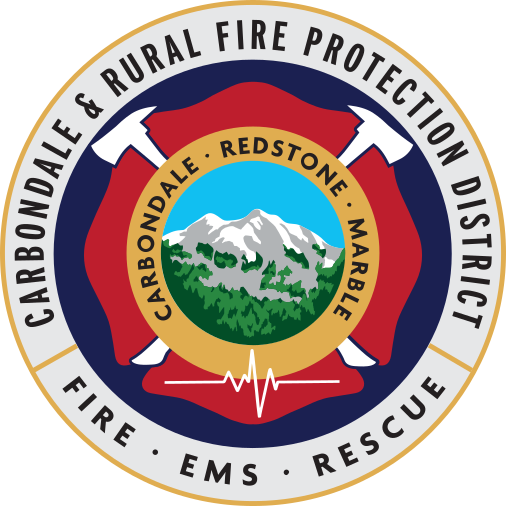Seasonal Driving + Wildlife Safety

By admin Published September 16, 2021
Fall is quickly approaching this year as we are waking up to cooler temperatures and noticing the leaves changing colors on the trees around us. Just as we are preparing for the change of seasons, so are the animals that live around us. Much of the wildlife in our region are preparing for the upcoming winter months, which means migration season has officially begun.
Did you know that this time of year brings about more wildlife/vehicle collisions than any other time? Most of our roads (highway and residential) travel through wildlife migration paths so it’s important to be on high alert while driving in the mountains during the fall and early winter months. We’ve compiled some tips that will help you to decrease your risk of colliding with an animal and what to do in the case of an accident.
Drive slowly and avoid distractions
This is great tip to follow every time you get in your car but is especially important to remember during migration seasons. Most accidents involving an animal happen when a person is driving too fast and is unable to stop in time. If you are traveling on a road that is in a high-risk area for wildlife, your best bet is to take it slow and stay alert. Avoid looking at your phone (which we should all be doing anyway!) or being distracted by passengers as animals can run quickly into the road at any time.
Be mindful of your surroundings (peak days and times)
In our valley, Highway 82 is a peak area for wildlife crossings as most of the road winds along the river and has spots where the brush comes up to the side of the road. Highway 133 going from Carbondale to Marble and Frying Pan Road in Basalt are two other areas where deer and other animals can wander suddenly onto the road. Keep in mind that dawn and dusk tend to be times of the day where more accidents happen as the visibility decreases or is impacted by the suns position in the sky.
Being mindful of where you live is another key factor. Keeping the area around your home clean and free of trash or food is one way to help deter animals from coming into residential neighborhoods in search of something to eat. This will in turn help to keep the animals away from dimly lit backroads or residential streets.
Remember: when you see one animal, there could be more
Most animals, especially deer, travel in herds. When you see one deer cross a road, it is safe to assume that there are more in the area. Young animals could also be following their mom or a male following a female.
Don’t Tailgate and Use Your High Beams
Tailgating is not something we recommend ever doing, as it’s dangerous and unkind, but you might not have thought about the consequence of tailgating someone when wildlife are involved. If the driver in front of you must come to an abrupt stop to avoid hitting an animal that has darted in front of their car, you will have less time to react to the situation. It’s best to stay back and give driver’s space then to cause an accident that could potentially be hard to walk away from.
When you’re driving at night and on dimly lit roadways, it’s best to utilize your cars high beams so that you can see far to the sides of the road and look for animals.
If you come up on an animal – use your horn
If you come up on an animal while driving, the best way to get it to move out of your way safely is to honk your horn a few times and flash your lights. The phrase “like a deer caught in headlights” does ring true as deer can get distracted and freeze when caught in the headlights and don’t move as quick to safety. Make sure that the animal is clearly out of the way before proceeding and be watchful of other animals that might be in the area. It’s also helpful to flash your lights at oncoming drivers to alert them of the situation and to slow down.
If you get in an accident
Here are some tips if you happen to get in an accident involving wildlife:
- Stay in control and use your brakes: Slow down as much as possible or come to a complete stop while maintaining control of the vehicle. Don’t try to steer away to avoid the animal because you may end up hitting another vehicle, a tree, or something more dangerous. Always remember to wear your seatbelt while driving in case a collusion occurs.
- Pro Tip! Lean toward your door: Did you know that if you hit an animal head on, the animal will most likely roll over the top of your car and smash your windshield in? That’s why if you can, lean into your driver’s side door as best you can to avoid the impact.
- Pull over and call the police: If you are in a collision with wildlife, do not try to help or move the animal. Pull over safely, if you can, and immediately call the police – make sure you file a report because your insurance company may not cover the damages without an official report.
We hope that these tips have been helpful for you! If you have any questions, as always, feel free to reach out to your friends at the Carbondale Fire District!
Mark your calendars! Community Open House Saturday, October 16, 2021
Please join us, Saturday, October 16, 2021, from 10 am – 2 pm for our annual Community Open House at the Carbondale Fire Department. Enjoy fire truck rides, prizes, a special appearance by Sparky the Fire Dog, and more. Be on the lookout for more information through our email newsletters and social media channels!
